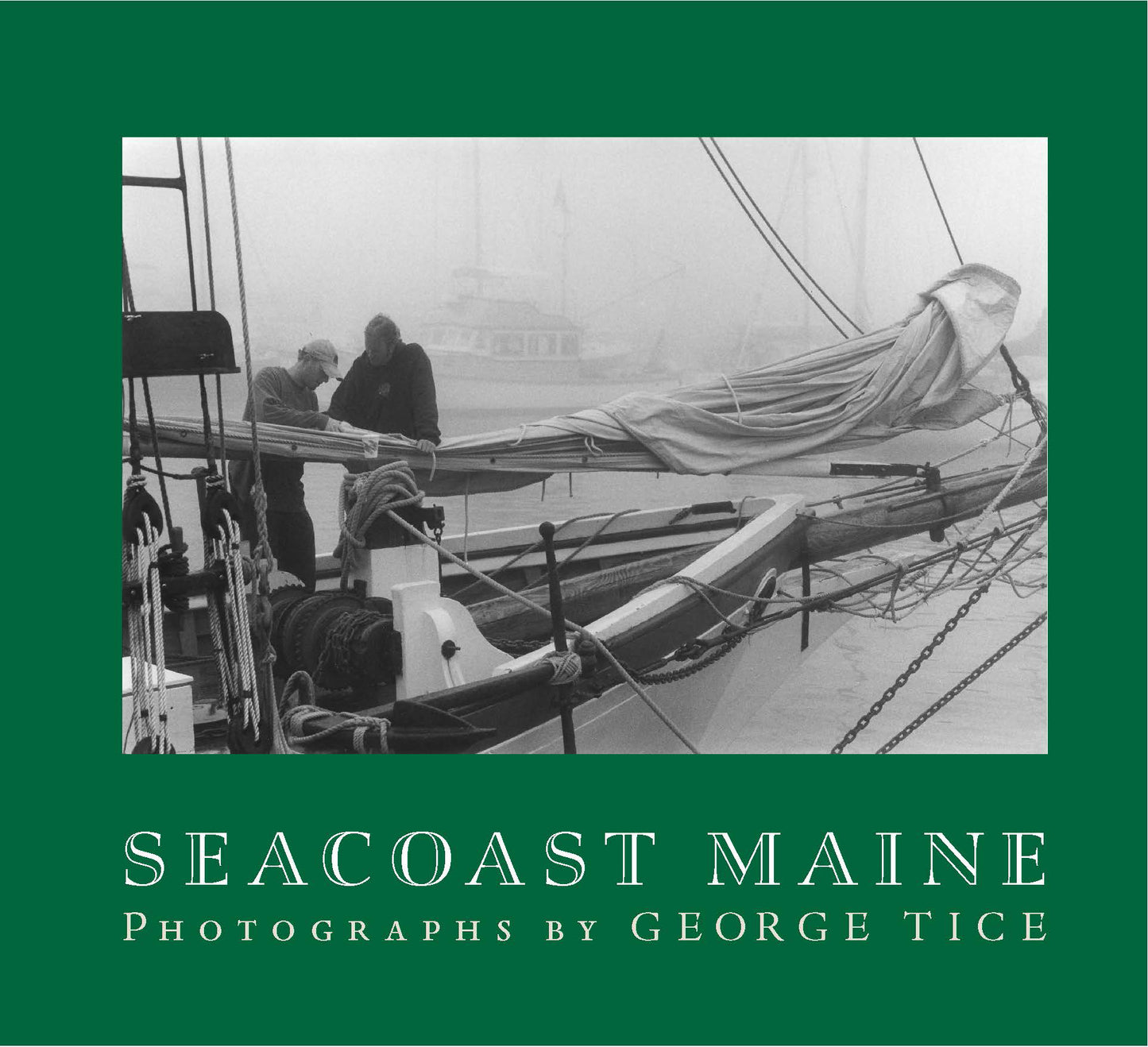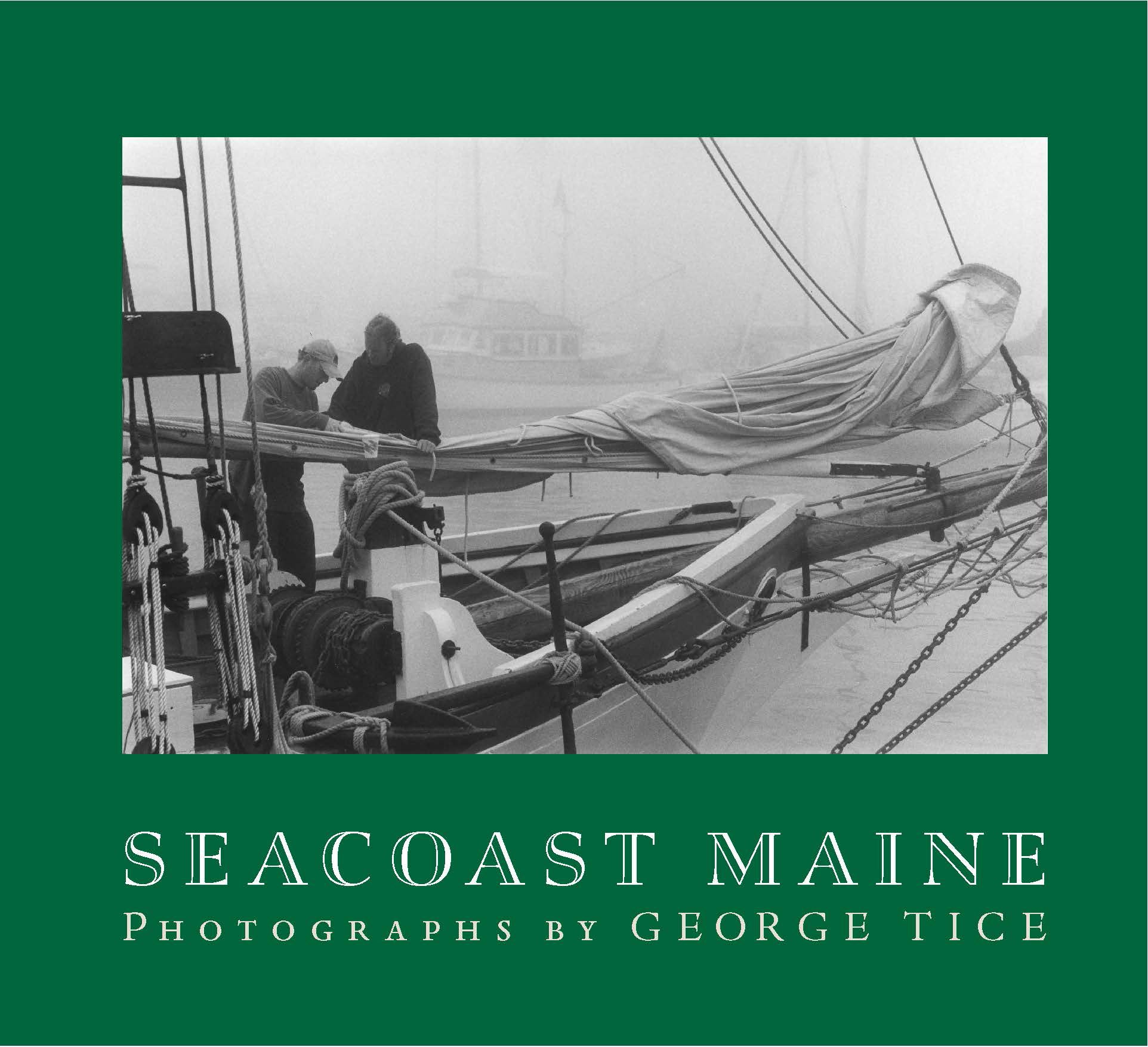
For more than five decades, George Tice has been photographing the landscape of America, and a number of his images have become icons of their time and field. But no other state has held for him the particular affection of Maine – its rockbound coastline, its precarious and isolated islands, its independent and hardworking people. And unmistakably, there is the sense of coming from almost another time and place, and, in the last decade or so, of a landscape transforming itself all too quickly into the conventional palette of the twenty-first century – of its fast-food predictabilities, strip mall excrescences, and the anonymous tangles of the internet highway.
This book makes its focus the Maine we all want to remember and the coastline we perhaps visited at one time and grew to love. Tice, for the past five years, has concentrated on assembling and arranging his favorite photographs. The result is comparable in its scope to Szarkowski's portrait of Minnesota and in sympathy to Evans's elegy to Alabama. In all, 107 quadtone photographs, from the fogs off Eastport to the lobster boats off Monhegan, from the grain elevators of Portland to the Shakers of Sabbathday Lake. The emphasis is on the coast, on its ports, its people, its geography, and its architecture. And this seems excusable: for most of us, Maine is its coast. It predominates in our mind's eye, in the popular imagination, and in the images featured in this book.
Still, the real rationale of a book like this is to validate the vision and the work of an artist, and this ambition is more than justified by page after page of dauntingly beautiful images, carefully arranged and faultlessly printed. If Maine is a state you hold dear, this is a book that says it all.
Tice's black and white photos give a haunting look to old, weather-beaten houses and the water and rocky coast look harsh in many photos of the jagged shoreline. The works have such a timeless look, that it is hard to tell the difference between forty-year-old photos and those taken in this decade. —ForeWord Magazine, Dec 2 2009
This is an important book for many reasons. It is important as a record of a passing way of life, of a New England that is fast declining in the wake of tourism and urbanization. And it is important as a document of a time and place. —The Photo Review, Nov 2010


